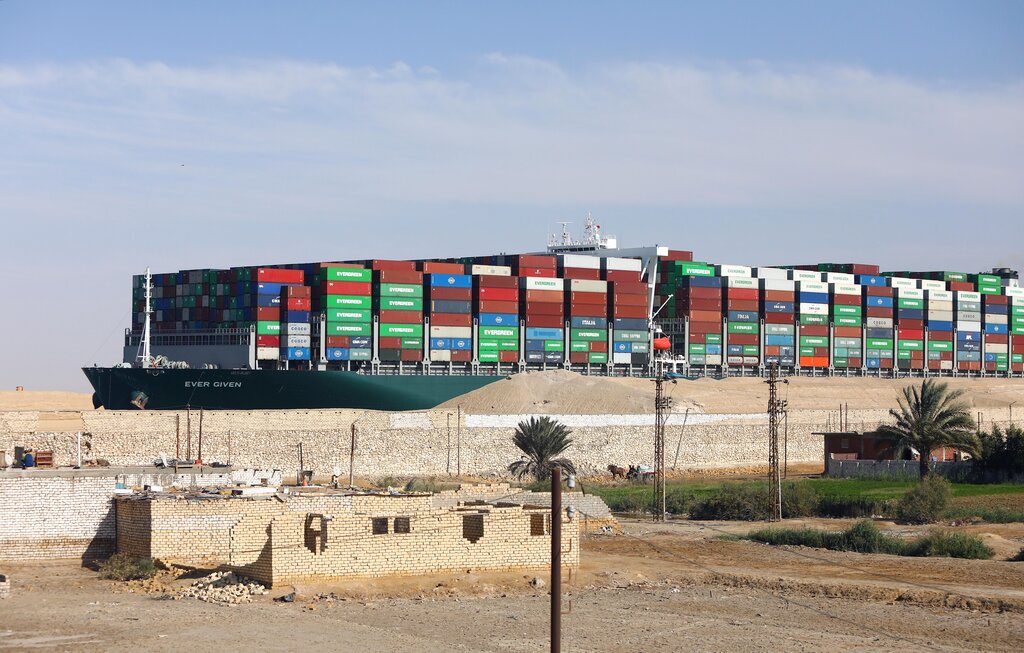
Unpredictable water supply is a pertinent risk to business sustainability, as water shortages and restrictions will adversely impact companies’ ability to carry out operations.
Simply put, companies that are reliant on the consistent availability of large volumes of water are highly exposed to water risks, which would fall under the umbrella of environmental, social and governance (ESG) risks. When one brings this up, alcohol, or soda manufacturers come to mind. But Tech and data companies are also impacted.
Data centers, like other tech equipment and device manufacturers and users, generate large amounts of heat. Guess what’s used to cool this equipment? High volumes of water. Thus, shortage or restriction of access to water would turn out to affect operations and add to these companies’ costs.
Erin Johnson, ESG research analyst at Morningstar says: “Considering water within enterprise risk management, a strong water management program in place, and investing in water efficiency technologies provide a good indication of whether a company is prepared to mitigate water-related risks.”
What Companies Manage Water Risks Well?
Morningstar Sustainalytics recently looked into water risks and water resource use management of 122 companies that operate data centers globally, including China’s Alibaba Group (09988), Tencent Holdings (00700), and Baidu Inc (09888).
In the study, analysts found that Microsoftis a top performer, receiving top scores for its water risk management and water management program. “Additionally, its water intensity showed a significant decrease compared to its three-year average. For example, Microsoft has been investing to become “water positive” by 2030 and applying new technologies in its data centres, like the Smart Water Navigatorvi and adiabatic cooling, a technology that uses outside air instead of water for cooling, when temperatures are below 85 degrees Fahrenheit,” Johnson adds.
How robust are water resource management practices across the globe and Asia?
Weak Water Management Programs Globally
Globally, only 16% of the companies analyzed disclosed elements of a water risk management program. In contrast, 60% of them disclosed physical climate risk management, which is broader in scope. “This indicates that most companies are not prepared to mitigate water-related risks,” says Johnson. In terms of their responses, nearly half of companies have a formal water management program, but only 5% of them are considered strong and the rest are either adequate or weak.
Asian companies have formulated their own ESG programs, though many of them have left out water-related issues and solutions. Our analysts use gauges, including water intensity, water intensity trend, physical climate risk management, water risk management, and water management program. None of the analyzed companies from Asia performed well on all of these indicators.
Johnson continues: “Increased extreme weather events driven by climate change are impacting China and the Asia-Pacific region and these include both chronic and acute water-related physical risks. With these risks being more intensive, frequent, and unpredictable, it requires increased water risk assessments and awareness of the issue.”
Water Is Tied to Economic Growth
Poor water resources management in the private market may push authorities to launch new water regulations, increasing compliance costs and potential restrictions on water usage. The social side of the issue could come from community conflicts over water usage, particularly in water-stressed regions, presenting reputational and operational risks for companies operating data centers.
Data centers are merely one example. Across all industries in China, Johnson observes that disclosure on their water management remains poor. She adds: “While some companies do disclose some management initiatives, there is very little evidence of systematic water risk consideration, such as the integration of water scarcity into regular risk assessments and business strategy.”
She continues: “China’s economic growth is closely related to its water resources, so it is high on the political agenda to protect its natural resources. Therefore, more stringent regulation can be expected on the environment and on water per se.”












.png)






.jpg)





